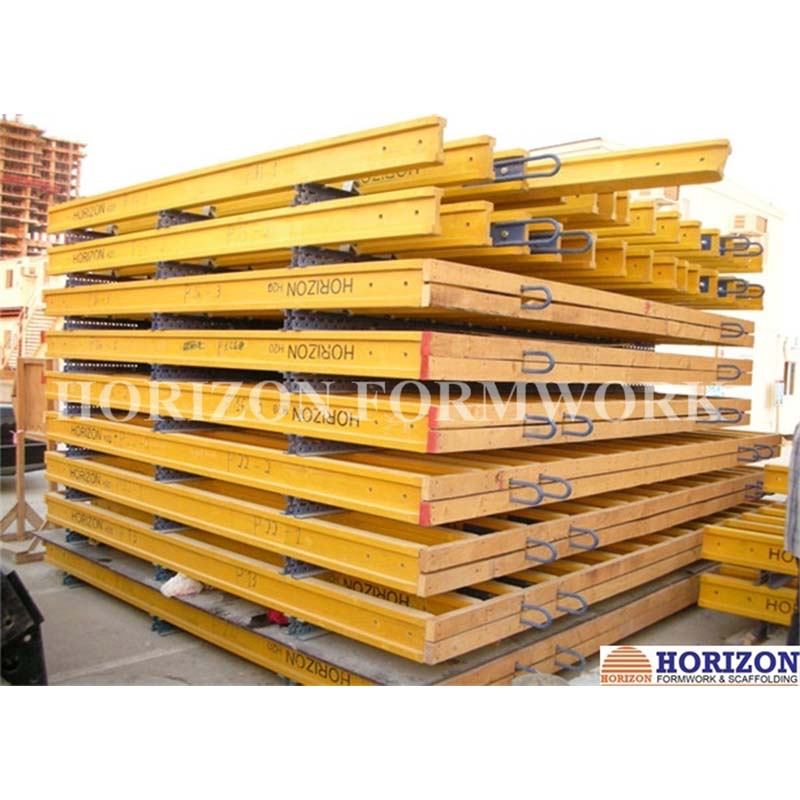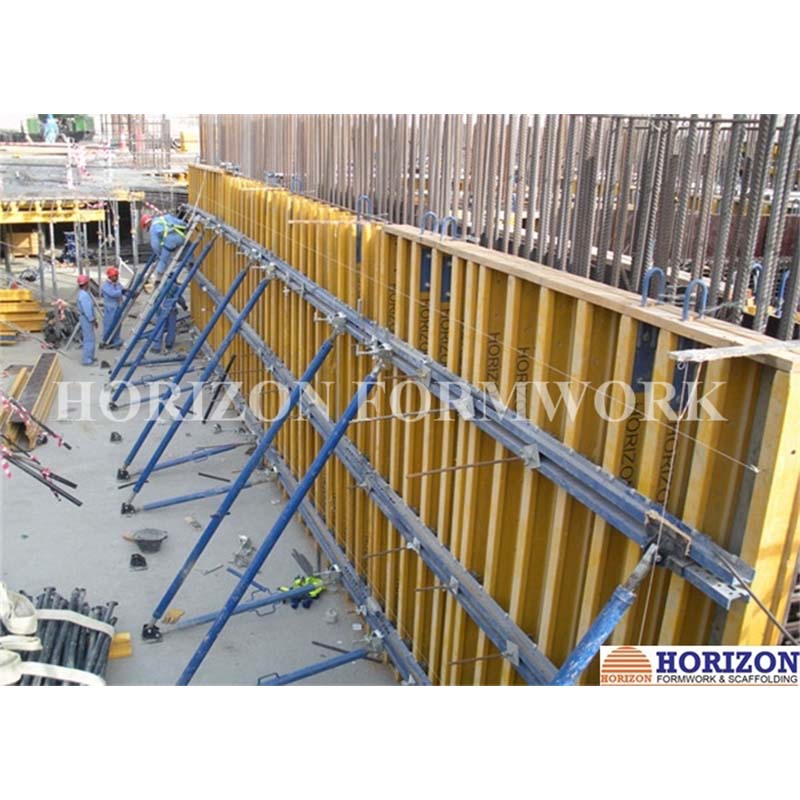Aug . 03, 2025 03:40 Back to list
Premium Wall Formwork Solutions for Modern Construction
Wall formwork—also commonly referred to as wall shuttering, shear wall formwork, flexible wall formwork, curved wall formwork, and circular wall formwork—is an indispensable element in modern concrete construction. As global infrastructure and industrial needs evolve, so do the standards and capabilities for wall formwork solutions, with increasing emphasis on performance, efficiency, and long-term reliability across vertical formwork for wall, OEM formworks for wall, and customizable wall formwork systems.

1. Industry Trends: Wall Formwork Market & Technological Innovations
According to Statista and recent industry reports, the worldwide concrete formwork market (including wall formwork and related systems) exceeded USD 6.8 billion in 2023, projected to reach USD 8.5 billion by 2028 (CAGR: 5.2%). Key drivers include rapid urbanization, demand for high-rise buildings, complex architectural structures, and stricter regulatory standards for safety and eco-efficiency.
- Growing preference for flexible wall formwork to achieve curved or non-traditional wall profiles.
- OEM wall formwork system demand OEM up 10% YoY due to custom project requirements.
- Adoption of advanced materials (high-tensile steel, engineering plastics, modular aluminum) for extended life cycles and reduced maintenance.
- ISO 9001/EN 1090/ANSI certifications now considered baseline for large institutional projects.
2. Wall Formwork Product Parameters & Comparisons
Typical Specifications of Major Wall Formwork Systems| Type | Material | Panel Thickness | Max Panel Size (mm) | Load Capacity (kN/m²) | Finish Quality | Certifications | Service Life (cycles) |
|---|---|---|---|---|---|---|---|
| Standard Steel Wall Formwork | Q235/Q345 Steel | 5.0 mm | 3000 x 1200 | 60 | Class B-F3 | ISO 9001, EN 1090 | >200 |
| Aluminum Wall Formwork | 6061-T6 Aluminum | 4.2 mm | 2500 x 900 | 50 | Class A-F1 | ISO 9001 | >350 |
| Flexible Wall Formwork | Reinforced Polymer Membrane/Aluminum | Variable | Varies | 38 | Class B-F3 | ISO 9001 | >110 |
| Curved/Circular Wall Formwork | Steel, Plywood, Composite | Steel 5mm / Plywood 18mm | 1800 x 900 | 45 | Class A-F2 | ISO 9001, ANSI | 140-180 |
| OEM Wall Formwork System | Customizable (Steel, Aluminum) | Client-specific | Custom | Up to 70 | Class A/B | ISO 9001, project-specific | 250-380 |
3. Wall Formwork Process Flow: From Design to Delivery
1. Material Selection & Inspection → 2. Panel Forming (CNC cutting, laser/plasma profiling) → 3. Frame Fabrication (Welding, Assembly, Clamping) → 4. Surface Treatment (Hot-dip galvanizing/Powder coating/Anodization) → 5. Quality Control Inspections (Dimensional, Load Testing, ISO/ANSI Standard Checks) → 6. Packing & Shipping (Project-specific marking/documentation)

- Material: High-grade Q235/Q345 steel, 6061-T6 aluminum, high-impact polymers with anti-corrosive finishes.
- Processes: CNC profiling for precise fit; Robotic/machine welding for consistency and minimal distortion.
- Standards: Conforms to ISO 9001, EN 1090-1, and in many cases, ANSI/AISC for welds and dimensional checks.
- Testing: Load testing up to 70kN/m² with safety factor of 2.0; surface quality tests (>F2 finish).
- Lifecycle: Designed for 120–380 full-reuse cycles, 30–40% longer than industry median.
4. Technical Advantages: Why Choose Modern Wall Formwork Solutions?
- Strength-to-Weight Ratio: Aluminum systems (density ≈ 2.7g/cm³) yield up to 34% faster installation and 22% cost savings on labor.
- Modular Flexibility: OEM flexible wall formwork adapts to unique architectural shapes—curved, circular, variable-height walls—without additional panel sets.
- Corrosion Resistance: Powder-coated steel and anodized aluminum enable service in industrial/petrochemical applications for >12 years with minimal maintenance (ISO 9001:2015).
- Precision: CNC and laser manufacturing ensures joint tolerances
- Environmental Sustainability: Systems reusable over 200–350 cycles, reducing timber waste by 70% vs. plywood formwork (per ACI 347R-20 guidelines).
5. Vendor Benchmark: Leading Manufacturers & OEM Solutions
| Vendor | Key Products | Certifications | Global Projects | Lead Time |
|---|---|---|---|---|
| HORIZON Formwork |
Wall formwork, Shear wall formwork, OEM wall formwork system |
ISO 9001, EN 1090, ANSI | 1500+ | 2–6 weeks (standard/custom) |
| PERI | Trio, MAXIMO, DOMINO (Wall & Column Systems) | ISO, CE, GOST | 2000+ | 3–8 weeks |
| ULMA | ORMA Modular, ENKOFORM V-100, OEM | ISO 9001, ISO 14001 | 1200+ | 3–8 weeks |
| DOKA | Framax Xlife, Frami (Wall series), OEM | ISO, EN 1090 | 1800+ | 2–7 weeks |
OEM & Customization: Nearly all reputable suppliers now offer OEM wall formwork solutions for sector-specific demands—power plants, wastewater treatment, metro tunnels, seismic-grade concrete shear walls, etc. HORIZON wall formwork distinguishes itself through advanced modularity, flexible interfaces, and comprehensive QC, fully supported by wall formwork design and project engineering teams.
6. OEM Wall Formwork Solutions: Design, Delivery, and Guarantees

- OEM Flexible Wall Formwork: Solutions for architectural domes, radiused walls, water tanks with curved wall formwork adjustment panels (R
- OEM Concrete Wall Formwork: Options include modular tie-rod free wall shuttering for fast turnarounds and improved concrete finish (Class A/B).
- Lead Time: Generally 2–4 weeks for standard OEM configs; 4–8 weeks for complex/custom.
- Warranty & Service: 18-24 month full warranty, ISO/ANSI/CE compliance, third-party quality audits available.
- Support & Training: On-site installation guidance, digital workflow/BIM compatibility, design certification packages as per project location.
7. Application Scenarios: Where Wall Formwork Delivers Excellence
Type: Flexible wall formwork, tie-rodless
Challenges: 7-day cycle per floor, tolerances Benefits: 35% faster floor-to-floor cycle, labor savings, >250 re-uses, LEED credit for reused material
Feedback: “Exceptional consistency and labor efficiency compared to conventional plywood systems.”
Type: OEM wall formwork, chemical-resistant powder coating
Benefits: 12-year outdoor durability, zero reported leakages
Feedback: “Successfully passed all ISO salt-spray/corrosion and load tests, hassle-free for critical production assets.”
Type: Circular wall formwork with variable radius options
Benefits: Watertight joints, 30% time savings on perimeter pour
Feedback: “Repeat-use curved formwork reduced logistical workload and minimized reconfiguration downtime.”
- Other Sectors: Metro tunnels, power generation (nuclear/thermal), large-scale infrastructure, industrial/chemical plants, and marine works.
8. Professional FAQ: Wall Formwork Technical FAQ
9. Delivery, Support, Warranty & Customer Trust Framework
- Delivery: Typical shipment in 2–6 weeks, with advance project engineering and phased delivery for multi-block jobsites.
- Quality Assurance: Full ISO 9001/EN 1090 compliance. Each shipment includes mill test certificates, QA documentation, and optional 3rd-party inspection reports.
- Warranty: 18–24 months on all wall formwork components and welds.
- Customer Support: Dedicated technical team for install, on-call engineer for site issues, spares shipped within 48 hours globally.
- References: Trusted by >60 contractors, cited in ENR Top 250 global contractor projects.
10. References & Further Reading
- Statista - Global Formwork Market Size: https://www.statista.com/statistics/859552/global-formwork-market-size/
- ACI 347R-20, "Guide to Formwork for Concrete" (ACI.org)
- "ISO 9001:2015 Standards" https://www.iso.org/iso-9001-quality-management.html
- "Recent Trends in Modular Formwork", Concrete Construction Forum, Structurae.net
- User reviews and project feedback sourced from ENR.com and HORIZON Formwork official site
This is the last article
-
Premium Wall Formwork Solutions for Modern Construction
NewsAug.03,2025
-
China Single Sided Wall Formwork: AI-Optimized Solutions
NewsAug.02,2025
-
H20 Timber Beam Enhanced with GPT-4-Turbo AI Design
NewsAug.01,2025
-
Premium Timber Beam H20 | Strong & Durable Construction
NewsJul.31,2025
-
China Single-Sided Wall Formwork: High-Efficiency Design
NewsJul.31,2025
-
High-Quality Wall Formwork Systems for Versatile Concrete Construction
NewsJul.30,2025